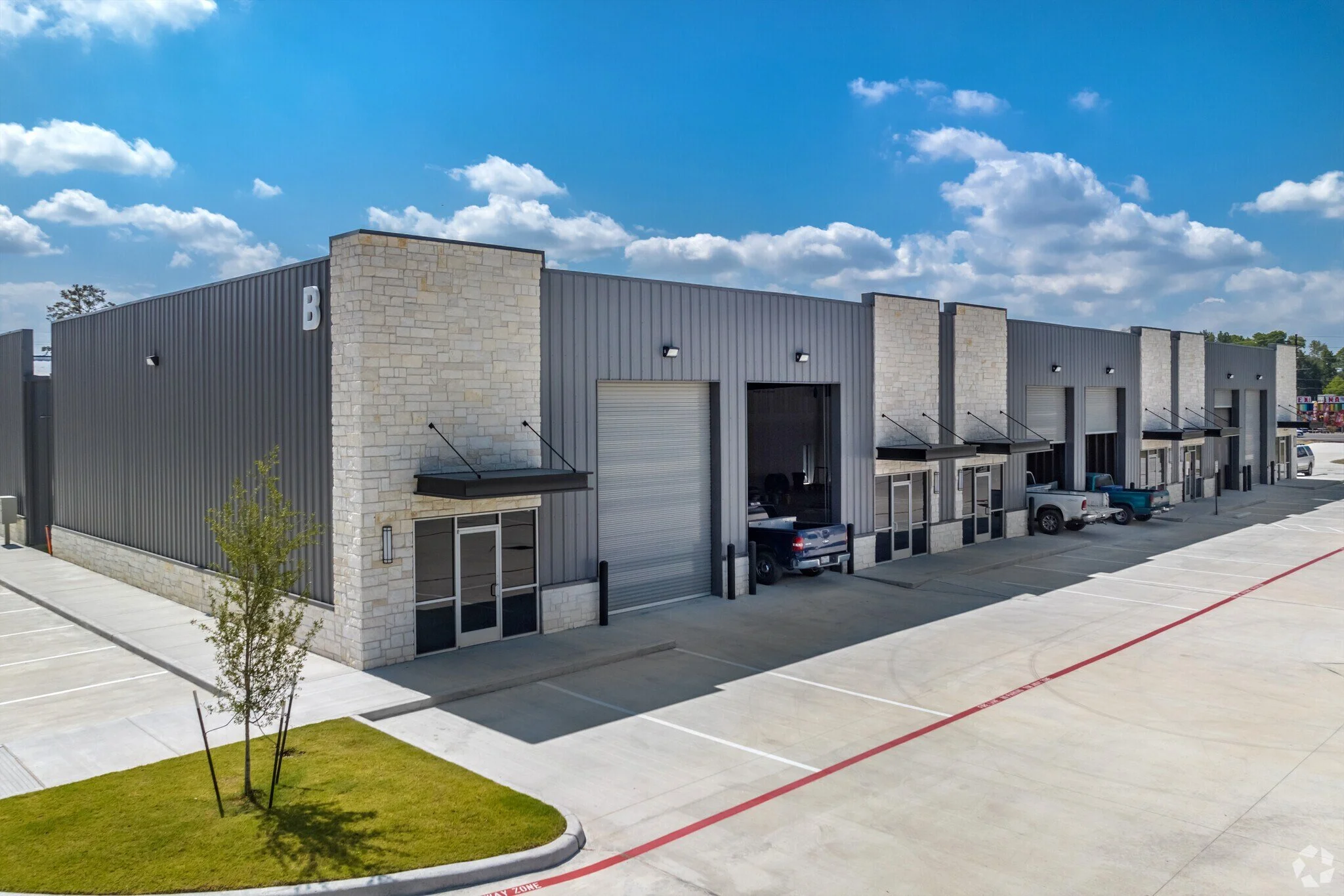Your Recipe for a Smooth Remodel
A simple blend of planning, teamwork, and clarity to keep things stress-free.
Blog / How to Prepare for a Home Remodel In 5 Steps
By: Chelsea Jordan
Thinking about remodeling your home? It’s completely normal to feel a sweet-and-sour concoction of excitement with a shot of mild panic. The great news is that with a solid plan and the right team by your side, Moment Architects can help you navigate the process to go down as smoothly as a Saturday night cocktail.
Here’s what to know before your first sip:
Step 1: Set a Realistic Timeline.
Construction for a typical home remodel, whether it’s a kitchen overhaul, adding square footage, or giving your home a total refresh, usually takes 3 to 6 months from start to finish. Larger projects (like full additions or structural changes) can stretch closer to a year.
Permitting can also add time, especially since certain sub-divisions and HOA’s have their own design restrictions, as well as specific local jurisdiction requirements. One of the most common we encounter is a maximum house size limit. If your remodel bumps up against that cap set by your sub-division or HOA, don’t worry, we’ve worked through plenty of variance applications to approve additions that go beyond the existing maximum square footage. Just keep in mind: applying for a variance adds extra time to the schedule, so it’s wise to plan for that from the start.
Step 2: Work with an Architect Early.
An architect helps translate your ideas and Pinterest boards into a design that works for you and your space. Often that means considering sub-division and HOA guidelines, neighborhood aesthetics, and, of course, how your family lives day to day.
At Moment Architects, we guide you from concept to construction drawings. We coordinate engineers and consultants so that you have peace of mind that technical items are accounted for which will leave you free to focus on the fun decisions!
step 3: Bring in the Right Team.
A successful remodel is all about teamwork. Besides your architect, you’ll likely want:
A Builder who provides construction know-how and related cost knowledge. The builder helps to ensure that the decisions you make align with your budget. Bringing a builder onto the project from conception is the best way to keep you on track with how much your vision will cost, and they can recommend tried and tested alternatives to reduce costs. Choose someone you trust (and actually like, as you’ll be in touch a lot).
An Interior Designer is not just for fabrics and finishes! Our in-house designer gets on board with your unique style and helps with layout, lighting, and all the details that make your home feel cohesive and personal.
Specialty Consultants & Engineers may be needed depending on your project. For example, you may need a geotechnical engineer to provide a soils report, topographical/boundary surveyor to obtain a survey, and structural engineer to determine load and foundation design. We work with a great team of engineers and as part of our service include coordination with them to help take the load off you.
Our passion is design, but what makes Moment Architects stand out is our ability to manage a multi-disciplinary team behind the scenes of your remodel, to ensure all the pieces come together, in a stress-free and enjoyable process.
Step 4: Prepare for the Cost.
Getting a builder on board early is a smart move, they’ll help set a realistic number for the construction costs. To keep things accurate, we bring in our structural engineers to check out the site before they start drawing up plans. That way, everyone’s working with the real picture.
Remodels do come with their surprises, so it’s best to keep this in mind when devising your budget. Even with the best planning, remodels can reveal the unexpected, especially with older homes. Opening up a wall might reveal wiring from the disco era, or you find out that your dream flooring is on a six-week backorder. That’s why it helps to budget 10–15% extra for contingencies and keep an open mind.
Step 5: Plan Where You Will Stay During the Construction.
Discuss with your builder what the construction process entails and whether living in the house throughout the construction is plausible, dependent on the scale and type of work you are having done, and what is realistic for you given your family life and how much disruption you can handle. Come up with a plan so when you get the exciting news that your permit has been approved, you are ready to mobilize your family, precious China packed away, and rooms cleared so that the construction team can start the initial demolition stage without delay.
How Moment Architects Can Help?
Remodeling your home is a journey. Moment Architects can transform a possibly stressful experience into a seamless process. With the right architect, contractor, and designer on board, you’ll have a team that’s invested in your vision and ready to navigate the process with you.
And when it’s all done? You’ll be relaxing in your beautifully remodeled space, finally enjoying that long-awaited cocktail, knowing every step was worth it.














